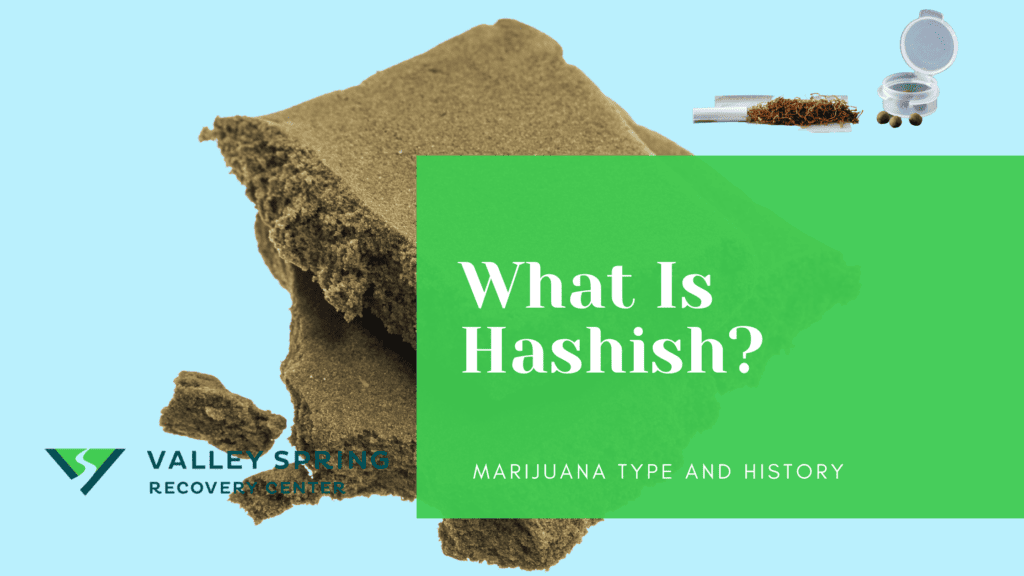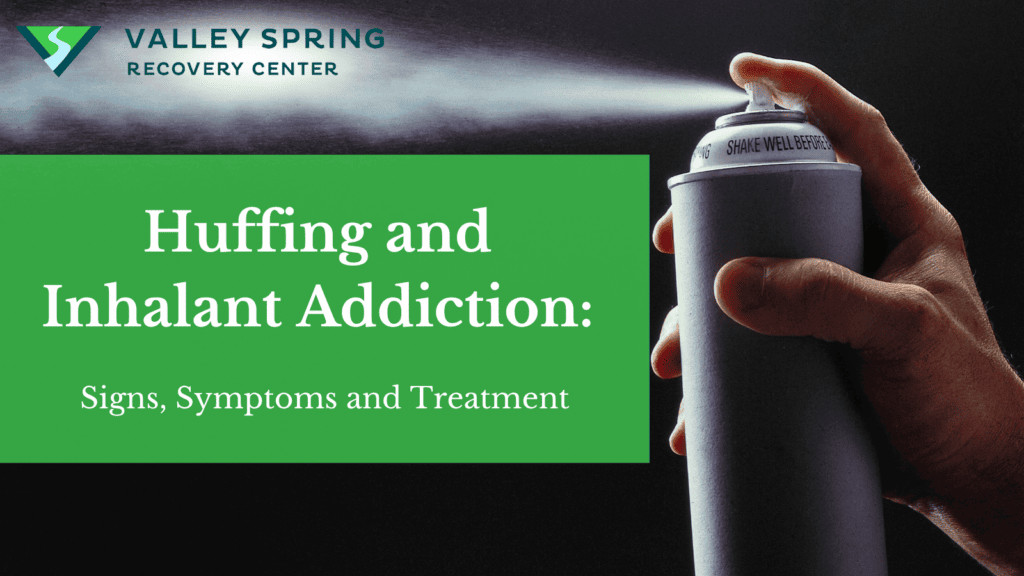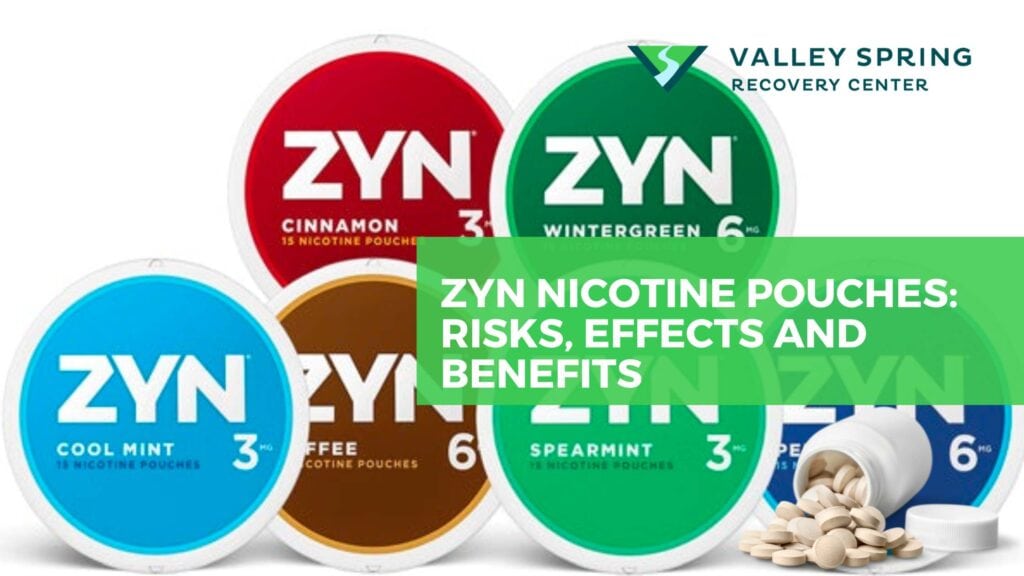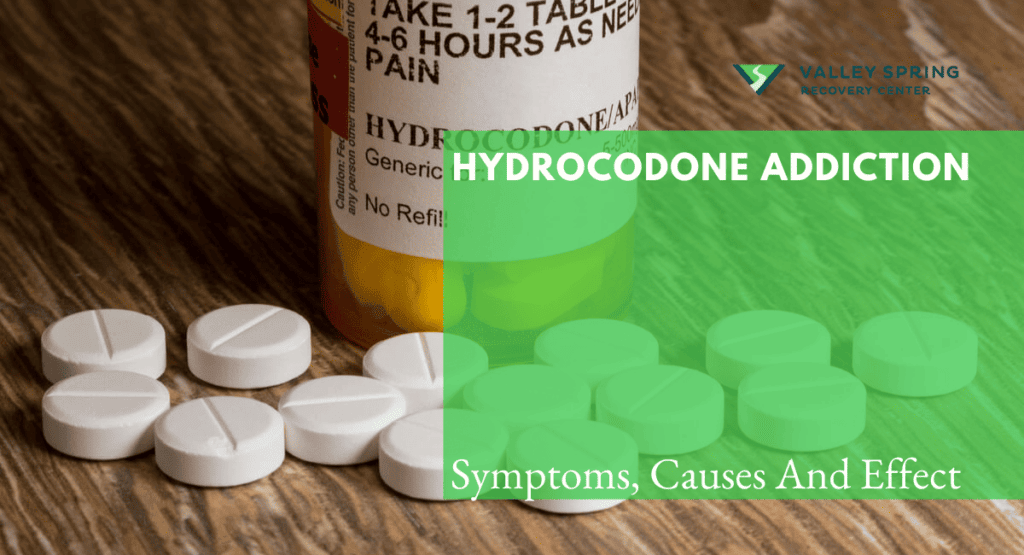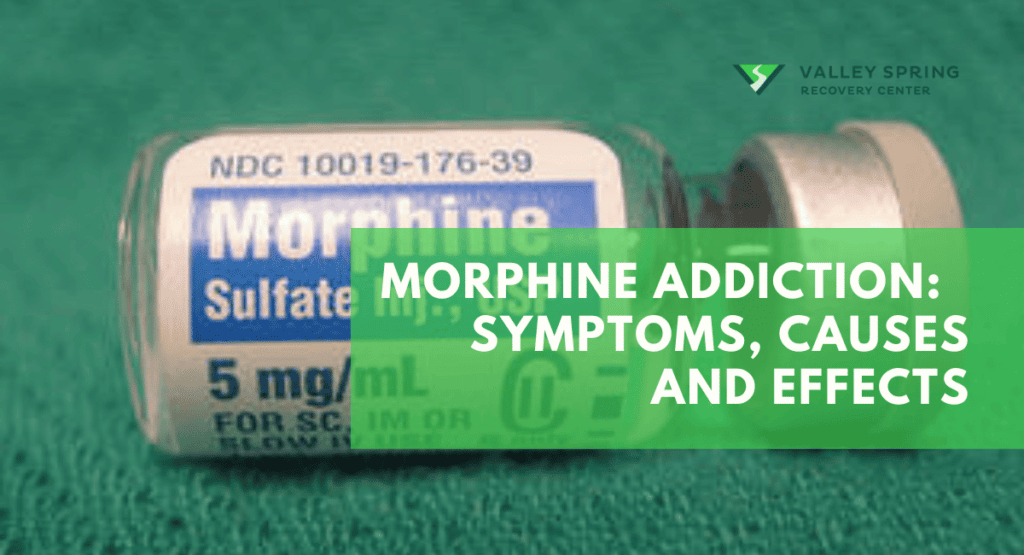Hashish addiction is a growing concern, affecting both physical and mental well-being. According to a study by the Substance Abuse and Mental Health Services Administration (SAMHSA), approximately 9.9 million people in the United States used hashish or other forms of cannabis in 2020. This form of substance abuse can have severe consequences, impacting various aspects of an individual’s life.
The History of Hashish dates back thousands of years to 4000 BCE and was used in Persia and Central Asia
The symptoms of hashish addiction can range from behavioral changes to physical dependencies. These indicators can help in identifying whether an individual is struggling with hashish addiction, thereby facilitating early intervention.
The effects of hashish addiction are detrimental, affecting both physical health and emotional stability. These can include respiratory issues, cognitive impairments, and a decline in overall quality of life. Effective treatment options are available to help individuals recover and regain control of their lives.
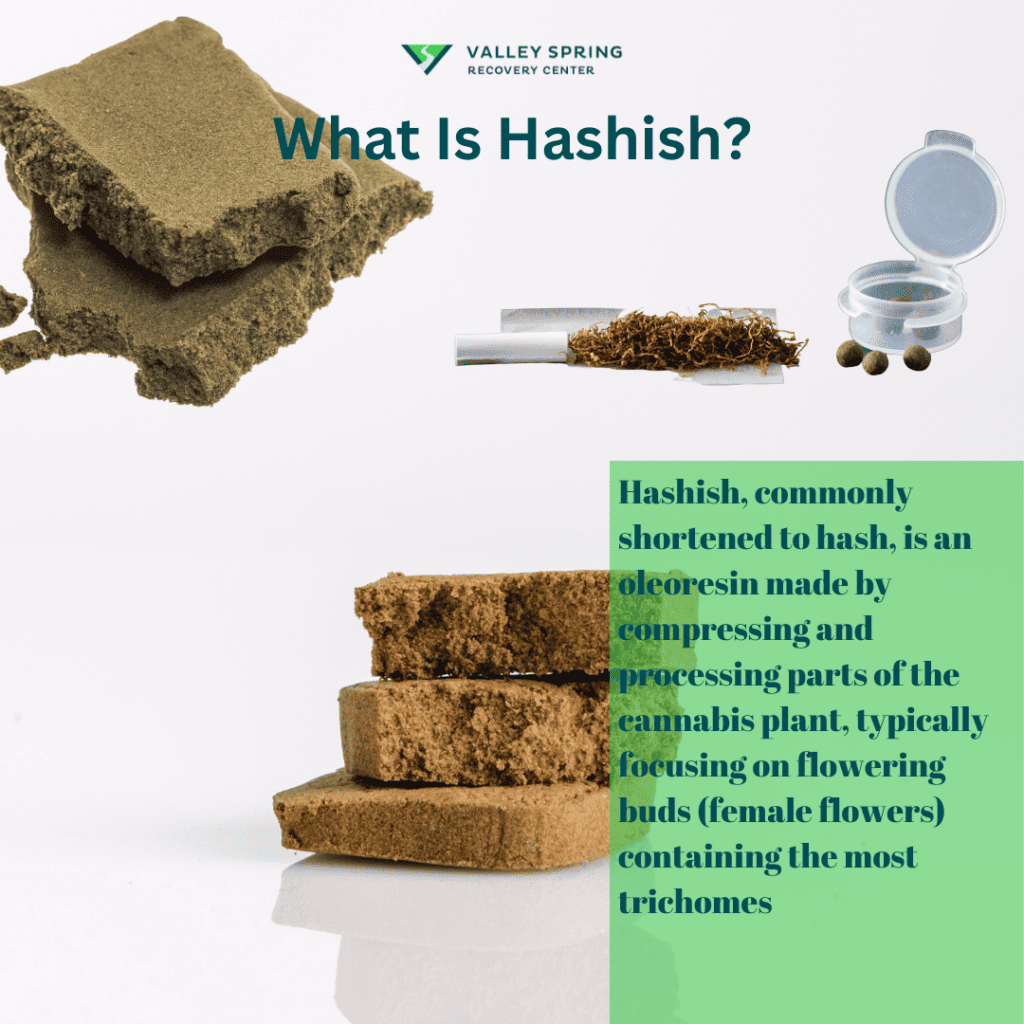
What is Hashish?
Hashish, commonly referred to as “hash,” is a cannabis-derived product that is made by separating the resin from cannabis flowers and compressing it into a solid form. It contains a high concentration of THC (tetrahydrocannabinol), the psychoactive compound responsible for the “high” experienced when consuming cannabis. Hashish can be smoked, vaporized, or ingested, and it is often mixed with tobacco or cannabis flower for consumption.
The conversation surrounding hashish often extends into the realm of addiction, given its high THC content. While cannabis itself is generally considered to have a lower potential for addiction compared to substances like alcohol or opioids, the concentrated nature of hashish raises concerns. The high levels of THC can lead to increased tolerance, meaning users may consume more over time to achieve the same effects. This escalation can pave the way for psychological dependence.
It’s important to understand that while hashish offers recreational and, in some cases, medicinal benefits, its misuse can lead to addiction-related issues. These can include withdrawal symptoms, such as irritability and insomnia, and may require professional intervention for effective treatment. Therefore, responsible use and awareness of the potential for addiction are essential when considering hashish as a substance of choice.
Why is Hashish Addictive?
Hashish is addictive primarily due to the presence of delta-9-tetrahydrocannabinol (THC), which stimulates the brain’s reward system and releases dopamine, creating pleasurable sensations. Continued use leads to tolerance, requiring higher doses for the desired effects.
Hashish can also cause psychological dependence, as individuals rely on it to cope with emotions or enhance experiences. Withdrawal symptoms and neuroplastic changes in the brain further contribute to addiction. However, individual susceptibility to addiction can vary.
How Does Hashish Affect the Brain?
Hashish affects the brain primarily through its active ingredient, delta-9-tetrahydrocannabinol (THC). When hashish is consumed, THC enters the bloodstream and crosses the blood-brain barrier, binding to cannabinoid receptors in the brain. Here are some ways in which hashish affects the brain:
- Endocannabinoid system modulation
- Altered neurotransmitter activity
- Impaired cognitive function
- Pleasure and reward
- Mood and emotions
- Disrupted brain development
What Are The Different Forms Of Hashish?
The different types of hashish are listed below:
- Lebanese Hash: Originating from Lebanon, this hash is typically reddish-brown and is made from mature plants. It is known for its smooth texture and aromatic flavor.
- Afghani Hash: This form is dark and pliable, often black on the exterior and greenish-brown inside. It is renowned for its high potency and is commonly used in medicinal applications.
- Moroccan Hash: Usually light in color, ranging from light green to golden, Moroccan hash is often crumbly and less oily. It is known for its spicy and herbal aroma.
- Nepalese Hash: This type is dark brown and extremely sticky. It is often hand-rolled into balls or sticks and is known for its potent, cerebral effects.
- Charas: This is a hand-rolled form of hashish commonly found in India and Nepal. It is made by rubbing fresh cannabis flowers between the hands, collecting the resin that sticks to the skin.
- Bubble Hash: Made using ice water to separate the trichomes from the plant material, bubble hash is a solventless extract that is typically dark brown and crumbly.
- Rosin Hash: This is a solvent-free product made by applying heat and pressure to cannabis flowers or traditional hash. It is often amber in color and has a sticky, sap-like consistency.
- CO2 Hash: Produced using carbon dioxide under high pressure, this form of hash is clean and potent, often used in medical applications.
- BHO (Butane Hash Oil): This is a highly potent form of hashish extracted using butane. It comes in various consistencies like shatter, wax, and crumble.
How is Hashish Consumed?
Hashish can be consumed in several ways, including smoking, vaporizing, or even ingesting. It can be smoked on its own, mixed with tobacco, or added to a joint or pipe filled with cannabis flower. Vaporizing hashish allows for a cleaner experience, free from the combustion byproducts associated with smoking.
Is Hashish Legal?
The legality of hashish varies by jurisdiction. In some places, it is classified similarly to other forms of cannabis and is subject to the same legal restrictions. Always check the laws in your area before possessing or using hashish.
How is Hashish Made?
Hashish is made by separating the resin glands, also known as trichomes, from the cannabis plant. These trichomes are then compressed into a variety of forms, such as balls or bricks. The process can vary, but traditional methods often involve the use of screens or cloths to sift the trichomes.
What are the Causes of Hashish Addiction?
The causes of hashish addiction, like any form of substance addiction, are complex and can involve a combination of genetic, environmental, and psychological factors. Although cannabis and its by-products are generally not as addictive as other substances like opiates, cocaine, and meth, they can result in addiction because of the following:
1. Genetic predisposition
Some individuals may have a genetic vulnerability to develop addiction. Certain genetic variations can influence how the brain responds to cannabinoids, making some individuals more susceptible to the addictive effects of hashish.
2. Environmental factors
The environment in which a person grows up, and lives can play a significant role in the development of addiction. Factors such as peer influence, societal norms around drug use, availability and accessibility of hashish, and exposure to stress or trauma can contribute to the initiation and maintenance of hashish addiction.
3. Early initiation
Early and frequent exposure to hashish during adolescence, when the brain is still developing, increases the risk of developing addiction. The brain’s reward system is particularly sensitive during this period, making it more susceptible to the addictive effects of substances like hashish.
4. Co-occurring mental health disorders
Individuals with underlying mental health conditions, such as depression, anxiety disorders, or attention-deficit hyperactivity disorder (ADHD), may be more prone to using hashish as a means of self-medication. This can increase the risk of developing an addiction.
5. Peer influence
The influence of friends, peers, and social networks can play a significant role in the initiation and maintenance of hashish use. Peer pressure and the desire to fit in or be accepted by a particular group can lead to experimentation and continued use of hashish.
6. Reinforcing effects
Hashish produces pleasurable effects, such as euphoria and relaxation, which can reinforce drug use and increase the likelihood of developing addiction. The brain’s reward system is activated by the release of dopamine, creating a cycle of reward and reinforcement that drives continued drug use.
7. Lack of coping mechanisms
Individuals who lack healthy coping mechanisms to deal with stress, trauma, or emotional difficulties may turn to hashish as a way to escape or alleviate negative emotions. Over time, this maladaptive coping strategy can develop into addiction.
It’s important to note that while these factors can increase the risk of developing hashish addiction, not everyone who uses hashish will become addicted.
What is the Difference Between Hashish and Marijuana?
Hashish and marijuana both originate from the cannabis plant, but they differ significantly in form, potency, and methods of consumption. Understanding these differences is crucial for anyone considering the use of cannabis products, whether for medicinal or recreational purposes.
Form and Composition
- Marijuana: This term refers to the dried leaves, flowers, stems, and seeds of the Cannabis sativa or Cannabis indica plant. Marijuana contains a range of cannabinoids, including THC and CBD, but generally at lower concentrations compared to hashish.
- Hashish: Also known as “hash,” this is a concentrated form of cannabis. It is made by separating the resin from the cannabis flowers and compressing it into a solid or paste-like substance. Hashish has a higher concentration of THC, making it more potent than marijuana.
Potency and Effects
- Marijuana: Due to its lower THC content, marijuana typically produces milder effects compared to hashish. It is often used for both recreational and medicinal purposes, including pain relief, anxiety reduction, and appetite stimulation.
- Hashish: The high THC concentration in hashish results in stronger psychoactive effects. This makes it more likely to be used for intense recreational experiences and could potentially offer stronger medicinal benefits for conditions requiring higher doses of THC.
Methods of Consumption
- Marijuana: Commonly smoked in joints or pipes, vaporized, or used as an ingredient in edibles.
- Hashish: Can be smoked, often mixed with tobacco or marijuana flower, vaporized, or used in edibles. It is also sometimes used in traditional dishes in some cultures.
Which is more addictive, Hashish and Marijuana?
When discussing hashish and marijuana, it’s vital to consider the context of addiction. Given hashish’s higher THC content, it generally poses a greater risk for developing tolerance and psychological dependence compared to marijuana. However, both substances have the potential for misuse and should be consumed responsibly.
Generally, hashish is more potent than regular weed because it is a concentrated form of cannabis resin. It contains higher levels of THC, the psychoactive compound responsible for the “high” associated with cannabis or marijuana use.
What Are the Signs and Symptoms of Using Hashish?
The signs and symptoms of using hashish can vary from person to person, but they generally include both psychological and physical effects. On the psychological side, users often experience euphoria, heightened sensory perception, and a feeling of relaxation. Some people also report increased creativity and sociability. However, hashish can also lead to negative psychological effects such as anxiety, paranoia, and in some cases, hallucinations or delusional behavior.
Physically, the use of hashish can result in red eyes, dry mouth, and increased appetite, commonly referred to as “the munchies.” It may also lead to impaired motor skills and coordination, making activities like driving hazardous. In the long term, frequent use can lead to respiratory issues, particularly if the hashish is smoked. It’s essential to note that the potency of hashish can be significantly higher than that of regular cannabis, which can intensify both its positive and negative effects.
What Are The Effects of Using Hashish?
Hashish, a concentrated form of cannabis, has a range of effects that can vary depending on the individual, the potency of the hash, and the method of consumption. The effects of Hash are listed below:
Physical Effects
- Euphoria and Relaxation: One of the most immediate effects of hashish is a sense of euphoria and relaxation. This is due to the high concentration of THC, which interacts with the endocannabinoid system in the body.
- Pain Relief: Hashish is often used for its analgesic effects. It can be effective in treating chronic pain, migraines, and muscle spasms.
- Increased Appetite: Like other forms of cannabis, hashish can stimulate appetite, making it useful for conditions like anorexia or other appetite disorders.
- Dry Mouth and Eyes: These are common side effects and are usually temporary.
- Coordination and Reaction Time: Hashish can impair motor skills and reaction time, making activities like driving dangerous when under its influence.
Psychological Effects
- Enhanced Sensory Perception: Colors may seem brighter, music more vivid, and emotions more profound.
- Altered Time Perception: Users often report that time seems to slow down when they are under the influence of hashish.
- Anxiety and Paranoia: High doses or potent forms of hashish can lead to increased anxiety or feelings of paranoia in some individuals.
- Cognitive Impairment: Hashish can affect memory and other cognitive functions, although these effects are generally temporary.
Long-Term Effects
- Tolerance: Regular use can lead to increased tolerance, requiring more of the substance to achieve the same effects.
- Psychological Dependence: Due to its high THC content, long-term use can lead to psychological dependence, particularly in high doses.
- Potential for Addiction: While generally considered to have a lower potential for addiction compared to other substances, the risk still exists, especially with frequent use of high-potency hashish.
Can Hashish Be Used Medicinally?
Yes, like other forms of cannabis, hashish has medicinal properties and is used to treat conditions such as chronic pain, nausea, and anxiety. However, it is essential to consult with a healthcare provider for proper diagnosis and treatment.
What is the history of Hashish?
The history of hashish is as complex and multifaceted as the resinous trichomes it’s made from. The use of cannabis for its anesthetic and medicinal qualities can be traced back to the Neolithic period, around 4000 BCE. However, the specific consumption of hashish likely began later in Persia and Central Asia, including countries like Iran, Afghanistan, Tajikistan, Turkmenistan, and Uzbekistan. Initially, hashish was more commonly used as incense, akin to frankincense and myrrh, which were valuable resins used for centuries in medicine and religious ceremonies according to Hashish, by Robert Connell Clarke.
The earliest form of hashish was Charas, a resin produced by gently rubbing growing cannabis plants. With the advent of agriculture around 9000 BCE in India, woven sieves were developed to separate grains from plants. These sieves were later used to separate cannabis resin from the rest of the harvested, dried plant, marking the creation of the first hash. According to Frenchy Cannolli, a preeminent hash scholar and manufacturer, the hash is differentiated from Charas by the fact that it’s sieved, either by hand or mechanically, from dried, cured cannabis.
One of the earliest mentions of hashish is found in the 10th-century Book of Poisons by Iraqi alchemist Ibn Wahshiyya. By the 11th century, Muslim texts were debating its usefulness, and stories of hashish consumption were included in the famous book Arabian Nights. The term “hashish” first appeared in a pamphlet published in Cairo in 1123 CE, accusing Nizari Muslims of being “hashish-eaters” according to Martin Booth (30 September 2011) in Cannabis: A History.
Hashish has a long history of usage in countries like Afghanistan, Morocco, Egypt, Pakistan, India, Nepal, Iran, and Lebanon. It arrived in Europe in the 18th century and was scientifically mentioned by Gmelin in 1777. In the United States, dried flowers or concentrates are more popular, although hashish has seen a rise in popularity following changes in law.

What Are Slang Names for Hashish?
Hashish goes by various slang names, which can differ based on region, culture, or even subcultures within the cannabis community. Some of the most common slang names for hashish include:
- Hash
- Charas
- Shatter (specifically for a glass-like type of hash)
- Honey (for its color and consistency)
- Resin
- Dabs (when used for vaporizing)
- Black Gold
- Finger Hash (when manually collected)
- Bubble Hash (made using ice water extraction)
- Blonde (for lighter-colored varieties)
How Do I Store Hashish?
Hashish should be stored in a cool, dark place to preserve its potency and flavor. Airtight containers are recommended to prevent exposure to air and moisture, which can degrade the quality of the hashish.
Can Hashish Be Detected in Drug Tests?
Yes, hashish contains THC, which is commonly tested for in drug screenings. The detection window can vary depending on several factors, including frequency of use and the type of test administered.
What Are The Treatment Options For Hashish Addiction?
Treatment for hashish addiction typically involves a comprehensive approach that addresses both the physical and psychological aspects of the condition. Behavioral therapies like Cognitive Behavioral Therapy (CBT) are commonly used to help individuals recognize and manage triggers and unhealthy thought patterns. Other forms of therapy, such as Motivational Enhancement Therapy (MET) and Contingency Management (CM), can also be effective in fostering rapid, internally motivated change and providing tangible rewards for maintaining sobriety.
Medication may be considered in some cases, with drugs like Naltrexone used to reduce cravings. Antidepressants may also be prescribed to manage symptoms of depression that can accompany withdrawal. Support groups, including 12-step programs like Narcotics Anonymous (NA), offer invaluable peer support and can be an integral part of the recovery process. Family involvement can also provide additional emotional support and understanding, which is often crucial for successful recovery.
Depending on the individual’s needs, treatment options may include either residential programs that offer a structured environment for recovery or outpatient programs that allow for a more flexible schedule. Aftercare is a critical component of any treatment plan, involving ongoing therapy and support to prevent relapse, as well as skill-building to equip individuals with the coping mechanisms and life skills needed for long-term recovery. It’s essential to consult healthcare providers for a personalized treatment plan tailored to the individual’s unique needs.
Kristy Ashe
All author postsShare This Post

